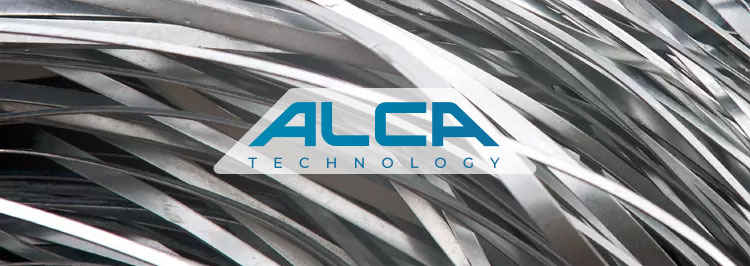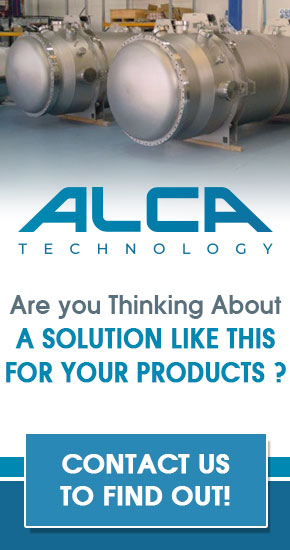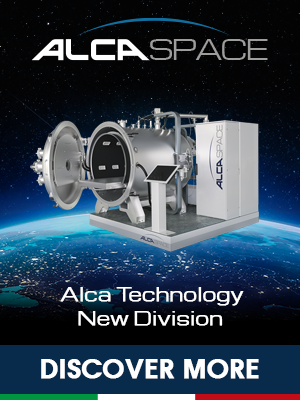Aluminum (and Its Alloys)

Aluminum, although not many know it, is a metal with extraordinary properties. It does not exist in nature in the metallic state, but always in the form of compounds, the best known of which is Bauxite, in which it is contained in the form of oxides and hydroxides. And there is a strong reason for this: it is a metal that oxidizes very easily, indeed the oxidation reaction of aluminum is one that releases more energy than those of other metal elements: about 64 MJ per kg! This means, for example, that the energy that can be obtained by "burning" one kg of pure aluminum corresponds to that required to lift a Porsche Cayenne from street level to 2,500m of altitude! In fact, in some particular applications, aluminum was used as a fuel: for example the Shuttle boosters (SRBs) used aluminum powder as fuel, which was reacted with potassium perchlorate, a compound capable of supplying oxygen. necessary for the oxidation reaction to take place (can you see the two jets of incandescent gas on the sides of the vehicle?).

However, burning aluminum to produce heat is not a smart idea: to obtain it in the metallic state, in fact, starting from Bauxite, enormous amounts of energy must be used: the best thing is to reuse it as long as possible, keeping it in the metallic state, that is to recycle it. The complexity of the operations necessary to obtain aluminum from its oxide meant that this metal was not used industrially before about 1825: in the Napoleonic era, a set of aluminum cutlery was considered more precious than the equivalent made of gold.
At this point, a question spontaneously arises: but if aluminum has this very strong tendency to oxidize, why is it so stable, in the metallic state, in common applications? We all know that aluminum alloys are used in the most diverse sectors, ranging from food packaging, to use in the automotive field, to the construction of structures for aerospace applications, and there has never been a case of spontaneous combustion of the metal. The reason is that aluminum, exposed to air, spontaneously forms a layer of oxide (alumina) that protects it from further oxidation, as if it were a paint. However, it is a paint with extraordinary characteristics as it is very thin - and therefore practically transparent -, very hard (it is a ceramic material), well adheres to metal and very compact. In addition, this "paint", if damaged, reforms itself in a very short time, of the order of a few seconds. Therefore, we can say that aluminum is protected from oxidation by the oxide layer that forms on the surface.
In high vacuum applications, aluminum alloys constitute an ideal construction material: the excellent ratio between stiffness and density (aluminum weighs only 2.6 g per cm3, while steel has a density around 8 g per cm3) and the excellent relationship between mechanical strength and density allow us to consider this class of materials as an excellent alternative to stainless steel if we consider, in terms of design, the same weight of the structure. Additionally, aluminum alloys have a lower level of outgassing than stainless steel, making these materials excellent candidates for ultra-high vacuum applications.
One wonders, therefore, why the use of aluminum alloys is limited to the construction of small vacuum chambers. In reality there are many technical factors to take into consideration, but the most important one is undoubtedly linked to an economic factor: the cost of aluminum alloys per kg is generally higher than that of stainless steels. By designing with the same weight, the use of aluminum is therefore convenient only for the construction of small and complex structures, such as vacuum chambers for scientific research and for precision industrial applications.


